Overview
Nestled on the serene Peacock Island in the middle of the mighty Brahmaputra River, Umananda Temple is a unique and sacred site dedicated to Lord Shiva. This temple is one of the most important religious landmarks in Assam, drawing devotees and tourists alike. The island is believed to be the smallest inhabited river island in the world, adding a touch of exclusivity to the spiritual experience it offers. Guwahati One Day Local Sightseeing By Private Cab.
The temple is named after Lord Shiva, who is known as “Umananda” in this region, meaning “one who is the bliss of Uma,” with Uma being another name for Goddess Parvati. According to legend, this is the place where Lord Shiva meditated, and it holds significant spiritual importance, especially for those who follow Shaivism. Kamakhya Temple: Famous Divine Journey to the Heart of Spirituality
Visiting Umananda Temple is not just a pilgrimage; it’s an opportunity to experience tranquility amidst natural beauty. The lush greenery of Peacock Island, coupled with the gentle flow of the Brahmaputra, creates an idyllic setting for worship and contemplation.
Location of Umananda Temple

- State: Assam, India
- City: Guwahati
- Coordinates: 26.1881° N, 91.7506° E
- Altitude: Island level in the Brahmaputra River
Umananda Temple is situated on Peacock Island, which lies in the Brahmaputra River, just off the coast of Guwahati. The island is accessible only by boat, adding an element of adventure to the journey.
Time/Entry Fees of Umananda Temple

Visiting Hours
Umananda Temple is open to visitors throughout the week. The temple’s hours are flexible to accommodate the ferry schedules and the flow of visitors.
- Morning Darshan: 6:00 AM to 1:00 PM
- Evening Darshan: 2:30 PM to 5:30 PM
- Best Time to Visit: Early morning or late afternoon for a peaceful experience.
Entry Fees
There is no entry fee for visiting Umananda Temple. However, visitors will need to pay for the boat ride to reach the island. The cost of the boat ride varies depending on the type of boat (public or private) and the duration of the trip.
- Entry Fee: Free (Donations welcome)
- Boat Ride Fee: INR 20 to INR 100 (depending on the boat type and service provider)
How to Reach Umananda Temple

By Air
The nearest airport to Umananda Temple is Lokpriya Gopinath Bordoloi International Airport in Guwahati. The airport is well-connected to major cities in India such as Delhi, Mumbai, Kolkata, and Bangalore. From the airport, you can hire a taxi or use app-based cab services to reach the ferry point near the Brahmaputra River, from where you can take a boat to Peacock Island.
- Nearest Airport: Lokpriya Gopinath Bordoloi International Airport, Guwahati
- Distance from Airport to Ferry Point: Approximately 24 kilometers
By Rail
Guwahati Railway Station is the closest major railway station to Umananda Temple. The station is a central hub with trains connecting it to various parts of India. From the railway station, you can take a taxi, auto-rickshaw, or a bus to reach the ferry point for Peacock Island, which is around 4 kilometers away.
- Nearest Railway Station: Guwahati Railway Station (GHY)
- Distance from Railway Station to Ferry Point: About 4 kilometers
By Road
Guwahati is well-connected by road to other cities in Assam and neighboring states. You can reach Guwahati by bus or car, and then head to the ferry point near the Umananda Ghat. From there, a short boat ride will take you to the temple.
- Distance from Guwahati City Center: Approximately 2 kilometers to the ferry point.
- Public Transport: Regular buses, taxis, and auto-rickshaws are available.
- Private Vehicle: You can drive to the ferry point and park nearby before taking the boat.
Things to Do at Umananda Temple

1. Worship at Umananda Temple
The primary activity at Umananda Temple is worshipping Lord Shiva, the presiding deity. The temple is small but holds immense spiritual energy, making it a perfect spot for prayer and meditation. Devotees can offer flowers, incense, and fruits to the deity and participate in the daily rituals performed by the temple priests.
2. Explore Peacock Island
Take a leisurely stroll around Peacock Island, which is known for its natural beauty and biodiversity. The island is home to the endangered golden langur, a species of primate found only in a few places in the world. Exploring the island allows you to experience its peaceful environment and enjoy the scenic views of the Brahmaputra River.
3. Enjoy a Scenic Boat Ride
The journey to Umananda Temple includes a picturesque boat ride on the Brahmaputra River. Whether you take a public ferry or hire a private boat, the ride offers stunning views of the river, the surrounding hills, and the city of Guwahati. It’s a unique way to experience the natural beauty of Assam.
4. Photography
Umananda Temple and Peacock Island offer excellent opportunities for photography enthusiasts. The combination of ancient architecture, lush greenery, and riverine landscapes makes for captivating photographs. The golden hour during sunrise and sunset is particularly ideal for capturing the beauty of the island and temple.
5. Attend the Shiva Ratri Festival
If you visit Umananda Temple during the Maha Shivaratri festival, you’ll witness the temple in its full glory. The festival, dedicated to Lord Shiva, is celebrated with great fervor, attracting devotees from all over the region. The temple is beautifully decorated, and special rituals and cultural programs are held.
6. Visit the Other Temples on the Island
In addition to the main Umananda Temple, there are several smaller shrines on Peacock Island dedicated to other deities, including Goddess Parvati and Lord Ganesh. These shrines are less crowded and offer a quiet place for meditation and reflection.
7. Picnic by the River
The serene environment of Peacock Island makes it an ideal spot for a picnic. You can enjoy a meal amidst nature, with the sounds of the river and birds creating a tranquil atmosphere. Just be sure to carry your picnic supplies, as there are limited facilities on the island.
Nearest Tourist Attractions of Umananda Temple
Kamakhya Temple: Famous Divine Journey to the Heart of Spirituality
Overview Kamakhya Temple, one of the most revered Shakti Peethas in India, is nestled atop…
Umananda Temple: Famous Spiritual Haven on the Peacock Island
Overview Nestled on the serene Peacock Island in the middle of the mighty Brahmaputra River,…
Unveiling the Mystical Navagraha Temple Guwahati: A Spiritual Journey to the Abode of the Nine Planets
Overview The Navagraha Temple Guwahati, perched atop the Chitrasal Hill in Guwahati, Assam, is a…
Discover the Wilderness: A Guide to Assam State Zoo and Botanical Garden
Overview Nestled within the heart of Guwahati, Assam State Zoo and Botanical Garden is a…
Purva Tirupati Balaji: Famous Divine Gateway in Assam
Overview Purva Tirupati Balaji Temple, located in Guwahati, Assam, is a sacred shrine dedicated to…
Pobitora Wildlife Sanctuary: The Hidden Gem of Assam’s Biodiversity
Overview Nestled in the Morigaon district of Assam, Pobitora Wildlife Sanctuary is a paradise for…
1. Kamakhya Temple
Located about 7 kilometers from Umananda Temple, Kamakhya Temple is one of the most important Shakti Peethas in India. The temple, dedicated to Goddess Kamakhya, is known for its Tantric rituals and the annual Ambubachi Mela. It’s a must-visit for those interested in exploring Assam’s spiritual heritage.
2. Assam State Zoo
The Assam State Zoo, located within the Hengrabari Reserve Forest in Guwahati, is a popular attraction for families and wildlife enthusiasts. The zoo is home to a variety of animals, including the rare one-horned rhinoceros, and also features a botanical garden.
3. Srimanta Sankardev Kalakshetra
Srimanta Sankardev Kalakshetra is a cultural complex dedicated to preserving and showcasing the art, culture, and heritage of Assam. The complex includes a museum, an art gallery, a traditional Assamese village, and an open-air theatre. It’s a great place to learn about the rich cultural history of the region.
4. Guwahati Planetarium
The Guwahati Planetarium offers a fascinating glimpse into the cosmos. It conducts regular shows and exhibitions, making it a popular destination for science enthusiasts and families. The planetarium is located near the Assam State Museum, making it easy to visit both attractions in one trip.
5. Pobitora Wildlife Sanctuary
Located about 50 kilometers from Guwahati, Pobitora Wildlife Sanctuary is renowned for its population of Indian one-horned rhinoceroses. The sanctuary offers jeep safaris and elephant rides, providing visitors with an opportunity to observe these majestic creatures in their natural habitat.
6. Navagraha Temple
Navagraha Temple, located on Chitrachal Hill, is dedicated to the nine celestial bodies (Navagrahas) and is an important site for astrology and religious worship. The temple offers panoramic views of Guwahati and is a popular spot for those interested in spiritual and astrological studies.
7. Fancy Bazaar
Fancy Bazaar is one of the oldest and most bustling markets in Guwahati. It’s a great place to shop for Assamese textiles, handicrafts, and souvenirs. The market is known for its vibrant atmosphere and offers a glimpse into the daily life of the locals.
Significance/History of Umananda Temple
Historical Background
Umananda Temple was built in 1694 by King Gadadhar Singha of the Ahom dynasty, one of the most powerful dynasties in Assam. The temple’s construction reflects the devotion of the Ahom rulers to Lord Shiva, and it has been an important site for Shaivite worship since its inception.
The original temple structure was partially destroyed by an earthquake in 1897. It was later rebuilt by a local merchant who retained the original style of architecture, blending indigenous Assamese techniques with Mughal influences.
The island where the temple stands, Peacock Island, is steeped in mythology. It is believed that Kamdev, the God of love, was burnt to ashes by Lord Shiva’s anger at this very spot. This legend adds a layer of mysticism to the temple, making it a revered site for those seeking blessings for love and marriage.
Cultural and Religious Significance
Umananda Temple holds great significance in Hinduism, particularly for devotees of
Lord Shiva. It is considered a powerful place for worship, where prayers are believed to be answered swiftly. The temple is especially popular during Maha Shivaratri, when thousands of devotees visit to offer prayers and perform rituals.
The temple’s location on an island symbolizes a retreat from the material world into spiritual contemplation. The natural beauty surrounding the temple enhances the sense of peace and devotion, making it a preferred spot for meditation and reflection.
FAQs
1. What is the best time to visit Umananda Temple?
The best time to visit Umananda Temple is during the early morning or late afternoon when the weather is pleasant, and the temple is less crowded. The temple is also particularly beautiful during the monsoon season when the Brahmaputra River is full.
2. Is there any special significance of visiting the temple during Maha Shivaratri?
Yes, Maha Shivaratri is one of the most important festivals at Umananda Temple. Visiting during this time allows devotees to participate in special rituals and witness the temple’s festive atmosphere.
3. Are there any accommodations available near Umananda Temple?
While there are no accommodations on Peacock Island itself, there are several hotels and guesthouses in Guwahati, ranging from budget to luxury options. Visitors can easily find a place to stay within a short distance from the ferry point.
4. Can I take photographs inside the temple?
Yes, photography is generally allowed outside the temple and around Peacock Island. However, it’s advisable to ask for permission before taking photographs inside the temple, as some areas might be restricted.
5. How long does it take to visit Umananda Temple?
A visit to Umananda Temple, including the boat ride and exploration of the island, typically takes around 2-3 hours. If you plan to spend more time meditating or exploring the island, you may want to allocate additional time.
Conclusion
Umananda Temple, with its unique location on Peacock Island, offers a blend of spiritual enrichment and natural beauty. It stands as a testament to Assam’s rich cultural and religious heritage, providing visitors with a serene escape from the hustle and bustle of daily life. Whether you are a devout follower of Lord Shiva or a traveler seeking tranquility, a visit to Umananda Temple promises to be a memorable experience.
The temple’s significance in Hindu mythology, coupled with the picturesque setting of the Brahmaputra River, makes it a must-visit destination in Guwahati. From participating in rituals to exploring the island’s natural beauty, Umananda Temple offers something for everyone. It is a place where spirituality and nature come together, offering solace to the soul and a feast for the eyes.







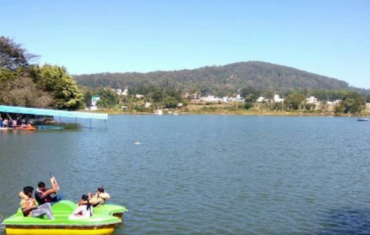



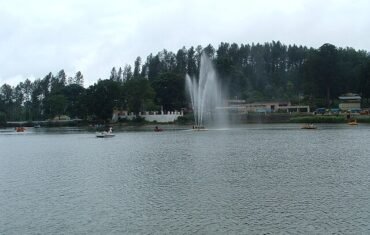
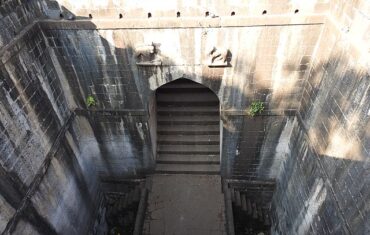

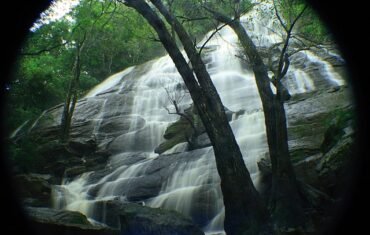
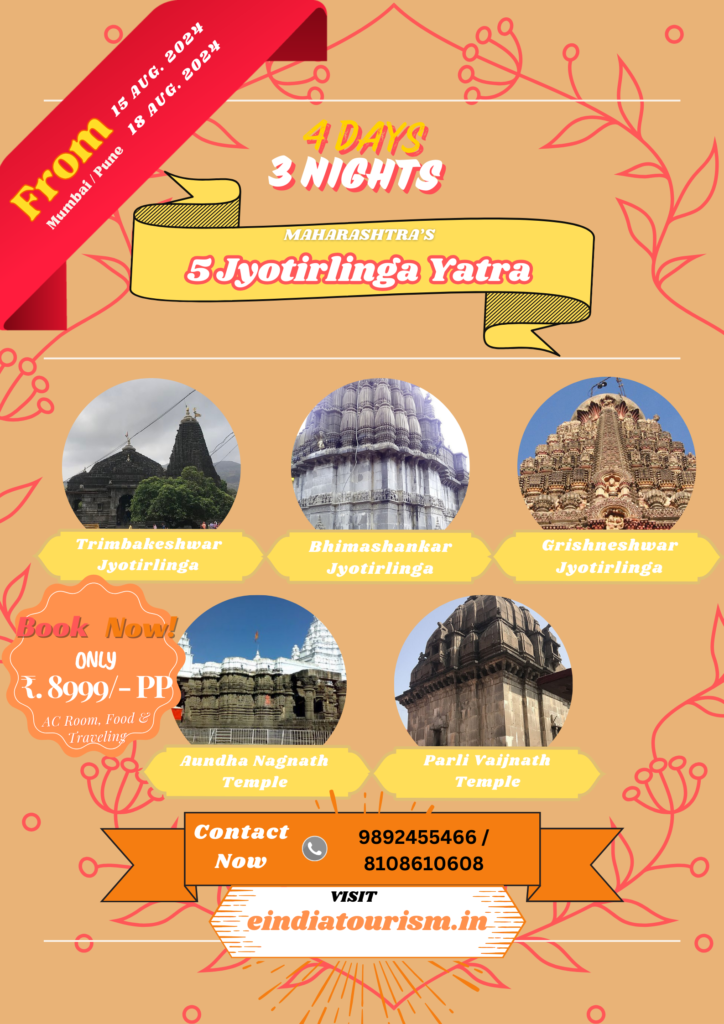

Comments are closed.